LensCrafters 2015 Annual Report Download - page 185
Download and view the complete annual report
Please find page 185 of the 2015 LensCrafters annual report below. You can navigate through the pages in the report by either clicking on the pages listed below, or by using the keyword search tool below to find specific information within the annual report.-
 1
1 -
 2
2 -
 3
3 -
 4
4 -
 5
5 -
 6
6 -
 7
7 -
 8
8 -
 9
9 -
 10
10 -
 11
11 -
 12
12 -
 13
13 -
 14
14 -
 15
15 -
 16
16 -
 17
17 -
 18
18 -
 19
19 -
 20
20 -
 21
21 -
 22
22 -
 23
23 -
 24
24 -
 25
25 -
 26
26 -
 27
27 -
 28
28 -
 29
29 -
 30
30 -
 31
31 -
 32
32 -
 33
33 -
 34
34 -
 35
35 -
 36
36 -
 37
37 -
 38
38 -
 39
39 -
 40
40 -
 41
41 -
 42
42 -
 43
43 -
 44
44 -
 45
45 -
 46
46 -
 47
47 -
 48
48 -
 49
49 -
 50
50 -
 51
51 -
 52
52 -
 53
53 -
 54
54 -
 55
55 -
 56
56 -
 57
57 -
 58
58 -
 59
59 -
 60
60 -
 61
61 -
 62
62 -
 63
63 -
 64
64 -
 65
65 -
 66
66 -
 67
67 -
 68
68 -
 69
69 -
 70
70 -
 71
71 -
 72
72 -
 73
73 -
 74
74 -
 75
75 -
 76
76 -
 77
77 -
 78
78 -
 79
79 -
 80
80 -
 81
81 -
 82
82 -
 83
83 -
 84
84 -
 85
85 -
 86
86 -
 87
87 -
 88
88 -
 89
89 -
 90
90 -
 91
91 -
 92
92 -
 93
93 -
 94
94 -
 95
95 -
 96
96 -
 97
97 -
 98
98 -
 99
99 -
 100
100 -
 101
101 -
 102
102 -
 103
103 -
 104
104 -
 105
105 -
 106
106 -
 107
107 -
 108
108 -
 109
109 -
 110
110 -
 111
111 -
 112
112 -
 113
113 -
 114
114 -
 115
115 -
 116
116 -
 117
117 -
 118
118 -
 119
119 -
 120
120 -
 121
121 -
 122
122 -
 123
123 -
 124
124 -
 125
125 -
 126
126 -
 127
127 -
 128
128 -
 129
129 -
 130
130 -
 131
131 -
 132
132 -
 133
133 -
 134
134 -
 135
135 -
 136
136 -
 137
137 -
 138
138 -
 139
139 -
 140
140 -
 141
141 -
 142
142 -
 143
143 -
 144
144 -
 145
145 -
 146
146 -
 147
147 -
 148
148 -
 149
149 -
 150
150 -
 151
151 -
 152
152 -
 153
153 -
 154
154 -
 155
155 -
 156
156 -
 157
157 -
 158
158 -
 159
159 -
 160
160 -
 161
161 -
 162
162 -
 163
163 -
 164
164 -
 165
165 -
 166
166 -
 167
167 -
 168
168 -
 169
169 -
 170
170 -
 171
171 -
 172
172 -
 173
173 -
 174
174 -
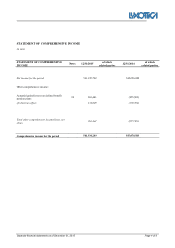 175
175 -
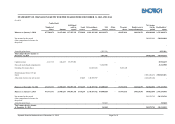 176
176 -
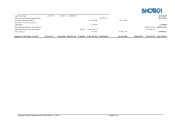 177
177 -
 178
178 -
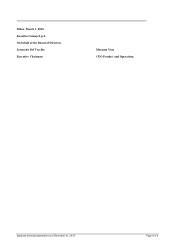 179
179 -
 180
180 -
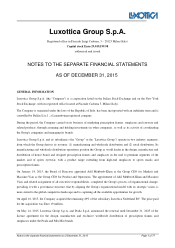 181
181 -
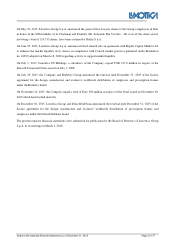 182
182 -
 183
183 -
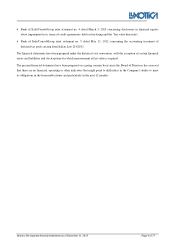 184
184 -
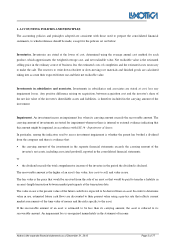 185
185 -
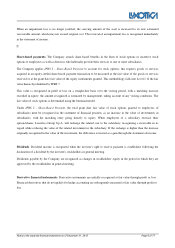 186
186 -
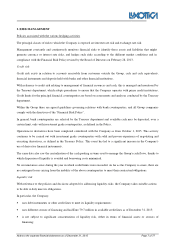 187
187 -
 188
188 -
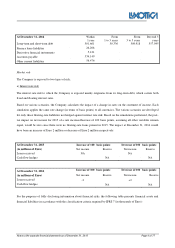 189
189 -
 190
190 -
 191
191 -
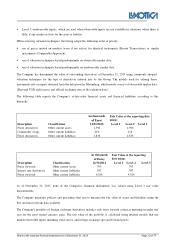 192
192 -
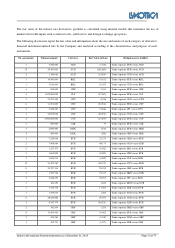 193
193 -
 194
194 -
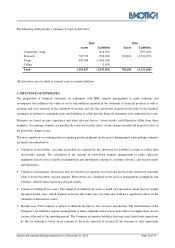 195
195 -
 196
196 -
 197
197 -
 198
198 -
 199
199 -
 200
200 -
 201
201 -
 202
202 -
 203
203 -
 204
204 -
 205
205 -
 206
206 -
 207
207 -
 208
208 -
 209
209 -
 210
210 -
 211
211 -
 212
212 -
 213
213 -
 214
214 -
 215
215 -
 216
216 -
 217
217 -
 218
218 -
 219
219 -
 220
220 -
 221
221 -
 222
222 -
 223
223 -
 224
224 -
 225
225 -
 226
226 -
 227
227 -
 228
228 -
 229
229 -
 230
230 -
 231
231 -
 232
232 -
 233
233 -
 234
234 -
 235
235 -
 236
236 -
 237
237 -
 238
238 -
 239
239 -
 240
240 -
 241
241 -
 242
242 -
 243
243 -
 244
244 -
 245
245 -
 246
246 -
 247
247 -
 248
248 -
 249
249 -
 250
250 -
 251
251 -
 252
252 -
 253
253 -
 254
254 -
 255
255 -
 256
256 -
 257
257 -
 258
258 -
 259
259 -
 260
260 -
 261
261 -
 262
262 -
 263
263 -
 264
264 -
 265
265 -
 266
266 -
 267
267 -
 268
268 -
 269
269 -
 270
270
 |
 |

Notes to the separate financial statements as of December 31, 2015 Page 5 of 77
1. ACCOUNTING POLICIES AND PRINCIPLES
The accounting policies and principles adopted are consistent with those used to prepare the consolidated financial
statements, to which reference should be made, except for the policies set out below:
Inventories. Inventories are stated at the lower of cost, determined using the average annual cost method for each
product, which approximates the weighted average cost, and net realizable value. Net realizable value is the estimated
selling price in the ordinary course of business less the estimated costs of completion and the estimated costs necessary
to make the sale. The reserves to write down obsolete or slow-moving raw materials and finished goods are calculated
taking into account their expected future use and their net realizable value.
Investments in subsidiaries and associates. Investments in subsidiaries and associates are stated at cost, less any
impairment losses. Any positive difference arising on acquisition, between acquisition cost and the investor's share of
the net fair value of the investee's identifiable assets and liabilities, is therefore included in the carrying amount of the
investment.
Impairment. An investment incurs an impairment loss when its carrying amount exceeds the recoverable amount. The
carrying amount of investments are tested for impairment whenever there is internal or external evidence indicating that
this amount might be impaired, in accordance with IAS 36 - Impairment of Assets.
In particular, among the indicators used to assess investment impairment is whether the parent has booked a dividend
from the company and there is evidence that:
• the carrying amount of the investment in the separate financial statements exceeds the carrying amount of the
investee's net assets, including associated goodwill, reported in the consolidated financial statements;
or
• the dividend exceeds the total comprehensive income of the investee in the period the dividend is declared.
The recoverable amount is the higher of an asset's fair value, less costs to sell, and value in use.
The fair value is the price that would be received from the sale of an asset or that would be paid to transfer a liability in
an arm's length transaction between market participants at the transaction date.
The value in use is the present value of the future cash flows expected to be derived from an asset. In order to determine
value in use, estimated future cash flows are discounted to their present value using a pre-tax rate that reflects current
market assessments of the time value of money and the risks specific to the asset.
If the recoverable amount of an asset is estimated to be less than its carrying amount, the asset is reduced to its
recoverable amount. An impairment loss is recognized immediately in the statement of income.
